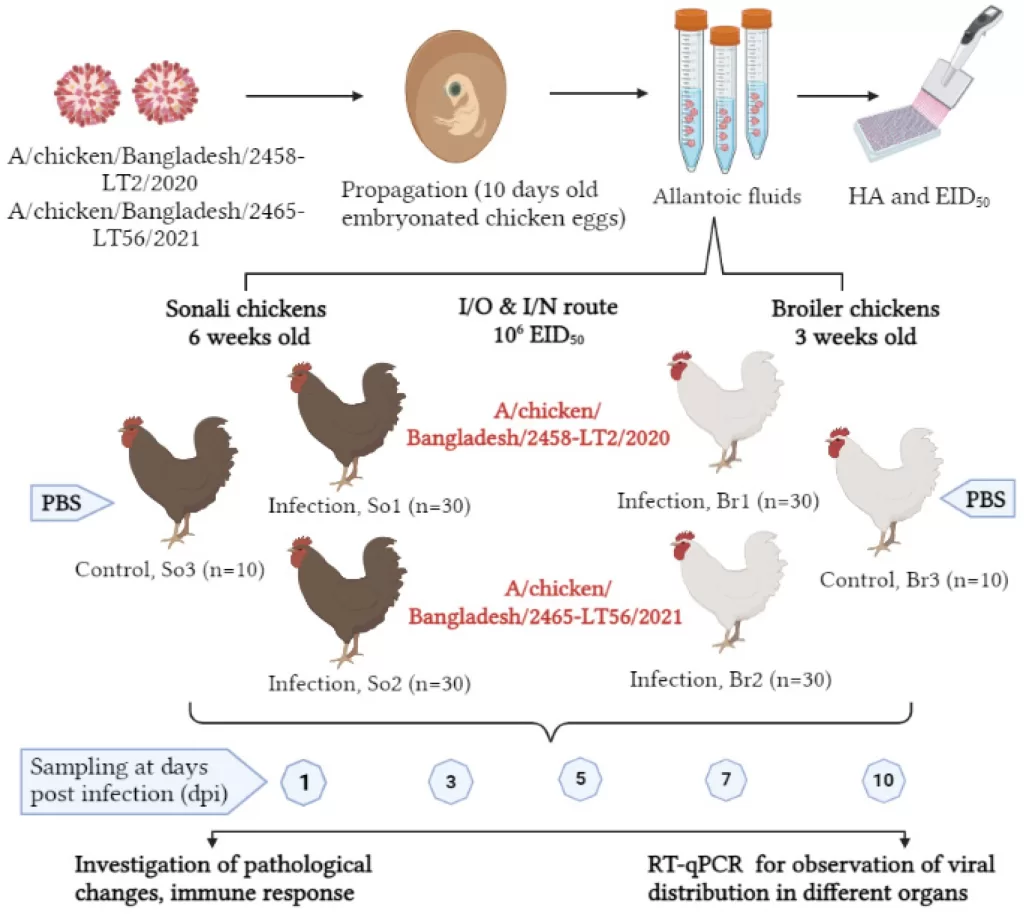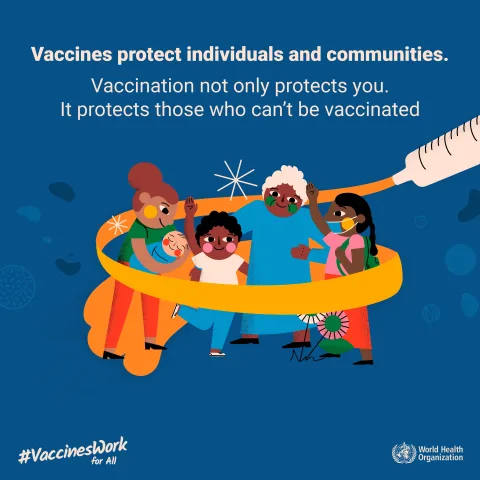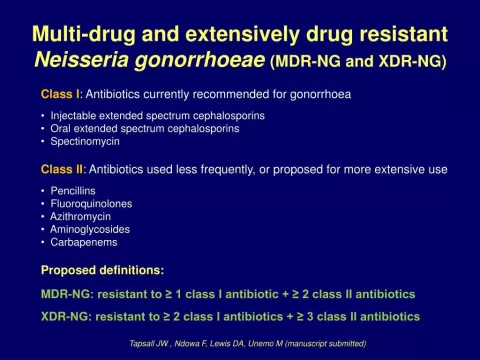H9N2 avian flu has emerged as a significant health concern following the World Health Organization’s recent confirmation of three new H9N2 flu cases in China. This variant of avian influenza predominantly affects poultry, but there is growing concern about its transmission to humans, as highlighted by these cases involving children from Hunan province. Notably, the H9N2 symptoms in the infected children included flu-like manifestations after direct contact with backyard poultry, emphasizing the risk of bird flu outbreaks in the region. Coupled with two reported H1N1v infections also originating in China, the situation warrants close monitoring to prevent any further spread of these viruses. As such, the rise in H9N2 flu cases underscores the need for increased public health vigilance and vaccination strategies to safeguard communities from avian influenza.
The recent uptick in infections involving H9N2 strains of avian influenza has sparked alarm among health authorities, particularly regarding its implications for human health. Often referred to simply as bird flu, this viral infection originates in poultry and has shown a troubling propensity for transmission to humans on rare occasions. Reports of H9N2 flu cases, similar to the outbreaks seen with H1N1v infections, highlight the interconnected nature of zoonotic diseases. The symptoms associated with H9N2 can range from mild respiratory issues to more severe conditions, necessitating greater awareness and preparedness among the public. As the world grapples with these threats, understanding the dynamics of influenza variants remains crucial for managing public health challenges.
Understanding H9N2 Avian Flu: Recent Cases in China
H9N2 avian flu, a subtype of the influenza virus primarily affecting birds, has seen a concerning increase in human cases. Recently, the World Health Organization (WHO) confirmed three new instances in China, specifically involving children from Hunan province. These cases emphasize the ongoing concern of bird flu outbreaks in the region, where this virus has become endemic in poultry populations. The confirmed patients—two girls and one boy—showed symptoms following exposure to backyard poultry, which highlights the importance of monitoring avian influenza in both animal and human populations.
Symptoms of H9N2 infection in humans may resemble typical flu illness, leading to complications if not diagnosed promptly. Affected individuals may experience fever, cough, and respiratory distress, similar to other avian influenza strains. In addition to the emergency response surrounding H9N2 flu cases, it’s critical to raise awareness about preventive measures, such as avoiding contact with sick birds and practicing good hygiene in poultry handling. Continued surveillance and research into H9N2 variants are essential for outbreak prevention and public health safety.
The Intersection of H9N2 and H1N1v Infections
In recent reports, the WHO has also highlighted cases of variant H1N1v infections, particularly in young children in China. These cases are notable because they involve swine influenza strains that can undergo genetic shifts through reassortment with avian viruses. With H9N2 avian flu being present in poultry, there is potential for crossover infections, resulting in mixed strains that could pose new risks to public health. Understanding the dynamics of H9N2 flu cases in relation to H1N1v infections is vital as they showcase how zoonotic diseases can evolve.
As public health agencies continue to monitor H9N2 and H1N1v cases, it’s critical to enhance awareness of symptoms and health outcomes related to these viruses. While the recent H1N1v cases reported mild illness, the unpredictability of viral mutations underscores the importance of preparedness strategies. By focusing on surveillance in both agricultural and urban settings, authorities can potentially mitigate the risks of both H9N2 and H1N1v infections, establishing robust responses to prevent widespread outbreaks.
Preventing H9N2 Avian Flu Outbreaks in Poultry
Preventing H9N2 avian flu outbreaks starts with biosecurity measures in poultry farming. Enhanced surveillance and strict hygiene practices are crucial for minimizing the transmissibility of the virus among birds. Regular health checks, vaccination programs, and stringent control of poultry movement can significantly reduce the risk of H9N2 outbreaks that could spill over into the human population. As the WHO stated, H9N2 viruses are enzootic in poultry in Asia, indicating a strong need for comprehensive poultry health management practices.
Furthermore, educating poultry farmers and communities about the importance of recognizing H9N2 symptoms in birds can aid early detection. Symptoms such as respiratory distress, reduced egg production, and unusual mortality rates in birds can serve as early warning signs of an outbreak. This proactive approach, combined with government support for farmer education and resources, can help contain potential infections before they reach human exposure, thereby protecting public health.
The Role of Public Awareness in H9N2 and H1N1v Management
Public awareness plays a pivotal role in managing the risks associated with H9N2 avian flu and H1N1v infections. Education campaigns that inform communities about the symptoms, transmission routes, and preventive measures are essential for minimizing infections. Individuals, especially those in close contact with poultry or swine, should be made aware of proper practices to follow during handling and consumption of these animals. Community engagement can drive vigilance when it comes to detecting illness in livestock.
Moreover, as we learn more about the correlation between H9N2 and H1N1v infections, it is vital to disseminate accurate information regarding zoonotic diseases. Encouraging the public to report unusual poultry deaths or flu-like symptoms in humans can enhance surveillance and contribute to timely interventions. By collaborating with local health departments and avian health authorities, communities can establish a network of support that not only guards against influenza outbreaks but also promotes general health resilience.
Impact of H9N2 Avian Flu on Public Health in China
The recent confirmation of H9N2 avian flu cases in children has sparked significant public health concerns in China. These incidents illuminate not only the vulnerabilities within the country’s poultry industry but also the intricacies of human health implications. While the WHO notes that current cases are mild, the potential for severe outcomes generates a need for public health preparedness strategies that can address possible escalations in infections. The interconnectedness of human and animal health remains a pressing issue, particularly in areas with high poultry contact.
The social implications of H9N2 cases extend beyond just health metrics; they can influence economic activities in poultry farming and local markets. Restrictions on poultry sales during outbreaks can lead to financial strain for farmers and food suppliers. Therefore, comprehensive public health policies should aim to mitigate these socio-economic impacts while protecting human health. Continuous communication between health authorities, poultry industry stakeholders, and the public will be crucial for fostering resilience against future H9N2 outbreaks.
Zoonotic Transmission: Understanding H9N2 Flu Risks
Zoonotic transmission of H9N2 avian flu presents an urgent public health challenge, particularly in regions where human and avian populations overlap. The recent surge in zoonotic H9N2 infections underscores the importance of understanding how these viruses can spill over from birds to humans. Children, as seen in recent cases, are particularly vulnerable given their potential for close contact with domestic birds. Preventive measures must be tailored to at-risk communities to lower the likelihood of exposure and subsequent infection.
Surveillance systems and initial reporting mechanisms are essential to detect and control H9N2 infections swiftly. Educational programs that inform the public about the behavior of avian influenza, especially in susceptible groups such as children, can enhance early intervention strategies. Implementing better biosecurity practices among poultry farmers, along with promoting responsible pet bird ownership, can significantly contribute to reducing the risks posed by zoonotic infections like H9N2.
H9N2 Symptoms: What to Watch For
Recognizing the symptoms of H9N2 avian flu is key to managing potential cases. Infected individuals may exhibit symptoms common to influenza, including high fever, cough, and severe respiratory issues. Since some cases can present mild symptoms, particularly in children, it is vital for parents and caregivers to remain vigilant and seek medical attention promptly if flu-like symptoms appear following exposure to poultry. Early identification is crucial in controlling any developments of more severe illness associated with H9N2 infections.
Health authorities are encouraged to distribute clearer guidelines on identifying symptoms and when to seek medical advice, especially in areas known for backyard poultry raising. The integration of public health responses that focus on both awareness and prevention can create a stronger barrier against the spread of diseases linked to H9N2 flu. Educating the community on how to differentiate between common illnesses and potential avian influenza symptoms can greatly enhance response efforts.
H9N2 Avian Flu Variants: Future Risks and Research
As the landscape of avian influenza continues to evolve, H9N2 avian flu variants present a potential risk for future outbreaks. Researchers are increasingly focused on understanding how these variants emerge and what implications they may have for human health. Continuous genetic monitoring of H9N2 strains within poultry populations is crucial for predicting shifts in transmissibility and pathogenicity. Insights into these viral dynamics will inform public health responses and help mitigate risks associated with emerging variants.
Investing in research related to H9N2 flu variants extends beyond simply monitoring incidences; it encompasses preparing for possible zoonotic spillover. Understanding the conditions that facilitate the interchange of avian viruses into humans will aid in predicting and potentially preventing future infections. Collaborative research efforts between veterinary and human health fields will be vital in addressing these complex interactions and ensuring comprehensive preparedness for any new H9N2 risks that may arise.
Global Collaboration to Combat H9N2 and H1N1v
Global collaboration is essential in the fight against diseases like H9N2 avian flu and H1N1v infections. International health organizations, such as the WHO, play a crucial role in coordinating responses and sharing vital information regarding outbreaks. Countries that share ecosystems with avian and swine populations must work together to monitor the circulation of these viruses and implement controls that prevent human exposure. Such partnerships can enhance research capabilities and foster the development of vaccines that protect against these strains.
Moreover, collaboration extends to agriculture and public health sectors, where joint efforts can create a more comprehensive approach to disease prevention. Engaging farmers and communities in awareness programs fosters a united front against the transmission of avian influenza. Strengthening ties between local governments and international health organizations can streamline efforts to track disease spread, allowing for more effective responses. By joining forces globally, we can better prepare our societies against the ongoing threats of H9N2 and associated infections.
Frequently Asked Questions
What are the recent H9N2 avian flu cases reported in China?
Recently, the World Health Organization confirmed three H9N2 avian flu cases in China, all involving children from Hunan province. These cases highlight the ongoing presence of avian influenza in poultry populations.
What are the symptoms associated with H9N2 avian flu?
H9N2 avian flu symptoms may include fever, cough, sore throat, and respiratory distress. The confirmed cases in children from China exhibited these symptoms following exposure to backyard poultry.
How does H9N2 avian flu compare to other bird flu outbreaks?
H9N2 avian flu is one variant among several bird flu outbreaks, including H5N1 and H7N9. It is considered enzootic in poultry in Asia and can lead to sporadic human infections, as seen in the recent cases in China.
What precautions should be taken regarding H9N2 avian flu?
To prevent H9N2 avian flu infections, it’s essential to avoid contact with infected poultry, maintain good hygiene practices, and follow public health guidelines, especially in regions with reported bird flu outbreaks.
Can H9N2 avian flu be transmitted from birds to humans?
Yes, H9N2 avian flu can be transmitted from birds to humans, mainly through direct contact with infected poultry or contaminated environments. Recent cases in children illustrate this transmission route.
What are the implications of H1N1v infections in relation to H9N2 avian flu?
The recent reports of H1N1v infections in China, alongside H9N2 avian flu cases, highlight the complex interactions between avian and swine influenza viruses, indicating the need for continuous monitoring and research.
How can communities protect themselves from H9N2 avian flu outbreaks?
Communities can protect themselves from H9N2 avian flu outbreaks by promoting awareness about the virus, discouraging backyard poultry contact in high-risk areas, and implementing biosecurity measures.
| Key Points |
|---|
| Date of Report: April 26, 2023 |
| Reported by: WHO |
| Total H9N2 Cases: 3 |
| Location: China, particularly Hunan province |
| Affected Individuals: All children |
| Symptoms and Dates: 10-year-old (Oct 2022), 2-year-old (Feb 5), 3-year-old girl (Jan 31) |
| Connection to Poultry: All cases linked to exposure to backyard poultry |
| Total H1N1v Cases: 2 |
| Affected Individuals: 3-year-old girl and 1-year-old girl |
| Symptoms of H1N1v: Mild illness, no hospitalization required |
Summary
The recent confirmation of three cases of H9N2 avian flu by the WHO highlights the ongoing concern regarding this strain of bird flu in China. H9N2 avian flu primarily affects children who have had exposure to poultry, emphasizing the need for vigilance in poultry handling and monitoring. Although the severity has remained mild so far, public health officials are keen on monitoring these cases to prevent any potential spread of this virus.
The content provided on this blog (e.g., symptom descriptions, health tips, or general advice) is for informational purposes only and is not a substitute for professional medical advice, diagnosis, or treatment. Always seek the guidance of your physician or other qualified healthcare provider with any questions you may have regarding a medical condition. Never disregard professional medical advice or delay seeking it because of something you have read on this website. If you believe you may have a medical emergency, call your doctor or emergency services immediately. Reliance on any information provided by this blog is solely at your own risk.







